Sealife guideFrom lobsters to krill: why crustaceans matterThe marine arthropods
Last updated on 09/02/2025 at 12:22 AM
Crustaceans such as lobster, spiny lobster, edible crab and shrimp are well known to the public because they are featured on seaside restaurant menus.

The spiny lobster, a crustacean well known to the public
But in the end, how well do you really know them outside of your plate ? Let's rediscover them from a new perspective !
The diversity of marine crustaceans is astounding, ranging from tiny planktonic species to large lobsters, crabs and spiny lobsters. This diversity is reflected not only in their size but also in their forms, behaviors and ecological roles, making them essential components of marine food webs and ecosystems.
Crustaceans are to the marine world what insects are to the terrestrial world, totaling around 40,000 species.
Morphology
Crustaceans are equipped with an external skeleton called an exoskeleton or more commonly a shell, which protects them either partially or completely.
The body is divided into segments, each bearing a pair of appendages. Over time, these appendages have become specialized to fulfill essential functions such as locomotion, feeding or reproduction and in some cases have disappeared entirely.
Furthermore, the head has fused with several segments to form the cephalothorax. The remaining segments make up the abdomen.
Crustaceans have two pairs of antennae that serve as sensory organs.
Habitat
Marine crustaceans inhabit a wide range of ocean environments. Many live in shallow coastal waters, coral reefs and estuaries, while others are adapted to deep-sea trenches. Their ability to occupy such diverse marine habitats demonstrates their remarkable ecological adaptability.
Geographical range
Marine crustaceans are found in all the world's oceans, from tropical waters to polar regions. Some species thrive in coral reefs, while others, like Antarctic krill, dominate the southern oceans. Their distribution is influenced by temperature, salinity and ocean currents.
Discover crustaceans
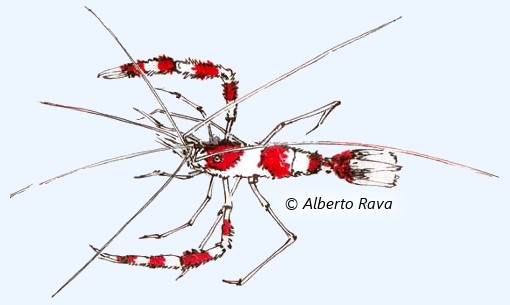
Banded cleaner shrimp
(Stenopus hispidus)
(Stenopus hispidus)
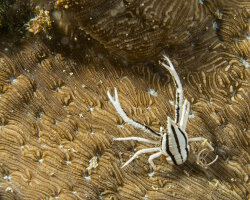
Feather star squat lobster
(Allogalathea elegans)
(Allogalathea elegans)

Green clinging crab
(Mithraculus sculptus)
(Mithraculus sculptus)

Green porcelain crab
(Petrolisthes armatus)
(Petrolisthes armatus)

Hairy yellow hermit crab
(Aniculus maximus)
(Aniculus maximus)

Regal slipper lobster
(Arctides regalis)
(Arctides regalis)
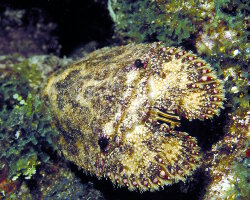
Spanish lobster
(Scyllarides nodifer)
(Scyllarides nodifer)
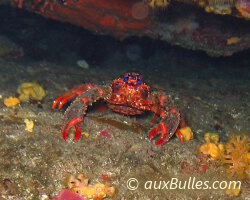
Spinous squat lobster
(Galathea strigosa)
(Galathea strigosa)
Our latestUpdates
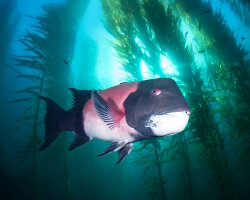
Thursday, October 2nd 2025
The California sheephead
Discover the California sheephead, a colorful fish of the eastern Pacific. Learn about its appearance, diet, habitat in kelp forests, unique sex-changing ability and role in marine ecosystems.

Monday, September 29th 2025
The banded guitarfish
Discover the banded guitarfish, a benthic eastern Pacific species with unique camouflage, living on sandy and rocky bottoms.
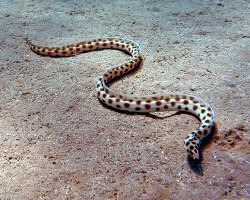
Thursday, September 25th 2025
The tiger snake eel
Explore the tiger snake eel (Myrichthys maculosus), featuring a creamy to pale yellow body dotted with black spots, and learn about its habitat, behavior and role in coral reef ecosystems.
Photo of the Day

Salmacine
(Filograna implexa)
(Filograna implexa)
